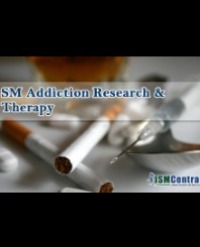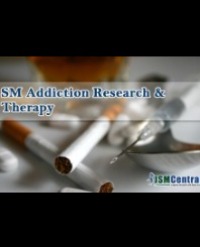In The Gambia like all nations, drug abuse is seen as a social and health problem that has many serious implications for the physical, social, psychological and intellectual development of the victims more especially, the children. Therefore, it continues to be a concern to families, community leaders, educators, social workers, health care professionals, academics, government and its development partners. Though there some studies on drug abuse, there is none on children and drug abuse focusing on the street children the most vulnerable category. Street children are hypothesized to be more at risk of any epidemic including drug abuse. This study sought to determine the risk and prevalence of drug abuse among street children focusing on those in Praveen, the car parks. The research was focused on six critical areas: level of knowledge of drug abuse, perception towards it, level of knowledge of the causes of it in the community and among street children, level of knowledge of negative impacts of it, level of knowledge of the preventive methods; and level of knowledge of the support services and treatments needed by victims. A structured questionnaire was used to collect the data from thirty five participants (i.e. one driver and six casual apprentices from each of the five car parks) were interviewed. The data was presented and analyzed using tables and percentage. The findings revealed among other things, that there is high level of awareness of drug abuse but the feelings towards it is mixed. Like other children, street children are abusing drugs mainly due to peer influence with the ultimate objective of getting high to relief stress, group recognition, trusted by peers, etc. Similarly, participants are highly aware of the negative impacts encompassing f ighting, stealing, mental illness, etc. To finance the behaviour, victims are engaged in all types of dangerous antisocial behaviour including romantic ones exposing them to a range of diseases including STIs and HIV/AIDS. Marijuana is the most commonly abused drug. Though in the minority, some have started experimenting cocaine/ coke, hashish; and heroin. While participants have good knowledge of the critical methods to fight drug abuse, the support services needed by victims, victims are mostly reluctant to seek the services not only because they are hard to find but fear societal stigmatization, exclusion and discrimination and professionals’ maltreatments.


